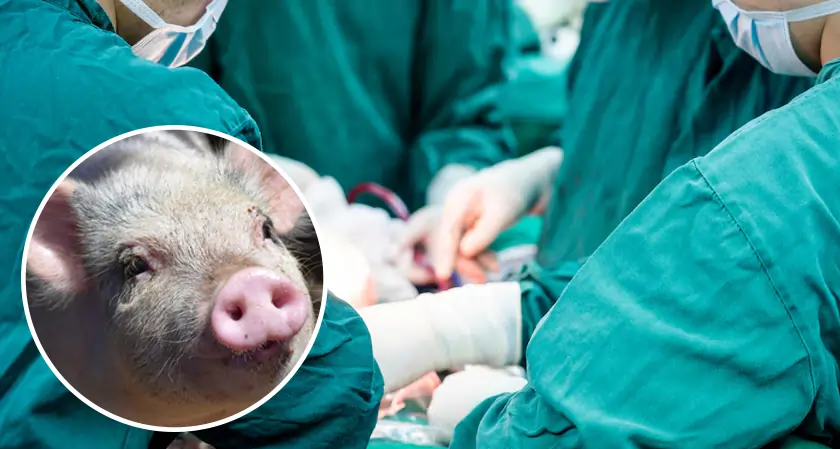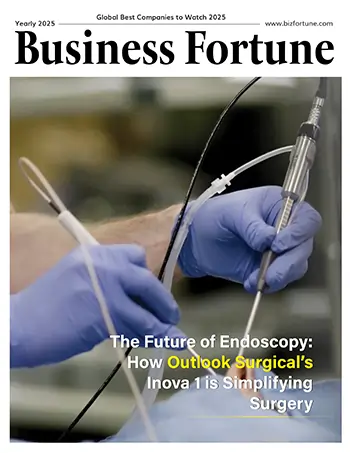Home Innovation Science and Technology China Performs First-Ever Pig-...
China Performs First-Ever Pig-to-Human Lung Transplant, Breathing New Life into Medicine
Science and Technology

Business Fortune
27 August, 2025
China - The first lung transplant from a pig to a human has been accomplished successfully by scientists, potentially marking a significant advancement for humanity.
Even if science and technology are developing quickly, few would have believed that a pig's organ could be used to replace a human one. The patient is still breathing more than a week after the procedure because of some ingenious blockages in China.
These days, doctors can almost do miracles. For example, a man in New York who suffered terrible burns in a car accident is getting a face and double-hand transplant. For those of you who are not familiar with intricate scientific processes, xenotransplantation is the act of introducing an organ from another species into a human body.
Although this has always been a fine concept in principle, scientists have made significant progress recently, and it is now thought that transplanting pig livers, hearts, and kidneys into people is viable. Researchers from Guangzhou Medical University have now successfully transplanted a lung for the first time, and they have detailed their procedure.
A novel instance of lung xenotransplantation from pigs to humans was documented in a research that was published in Nature Medicine. After a brain hemorrhage, researchers transplanted a lung from a pig with six altered genes into a 39-year-old man who was brain dead. The lung was implanted and sustained with immune-suppressive medications after certain pig proteins were removed, enabling it to operate for nine days without experiencing rejection right away. The study was terminated on day nine after the xenograft remained viable for 216 hours, but after 24 hours and again on days three and six, indications of damage and antibody-mediated rejection emerged.
Notwithstanding these difficulties, the study shows notable advancements, even though problems with infection and rejection still exist. Although further preclinical studies are required before clinical application, this discovery gives thousands of transplant candidates hope.


































